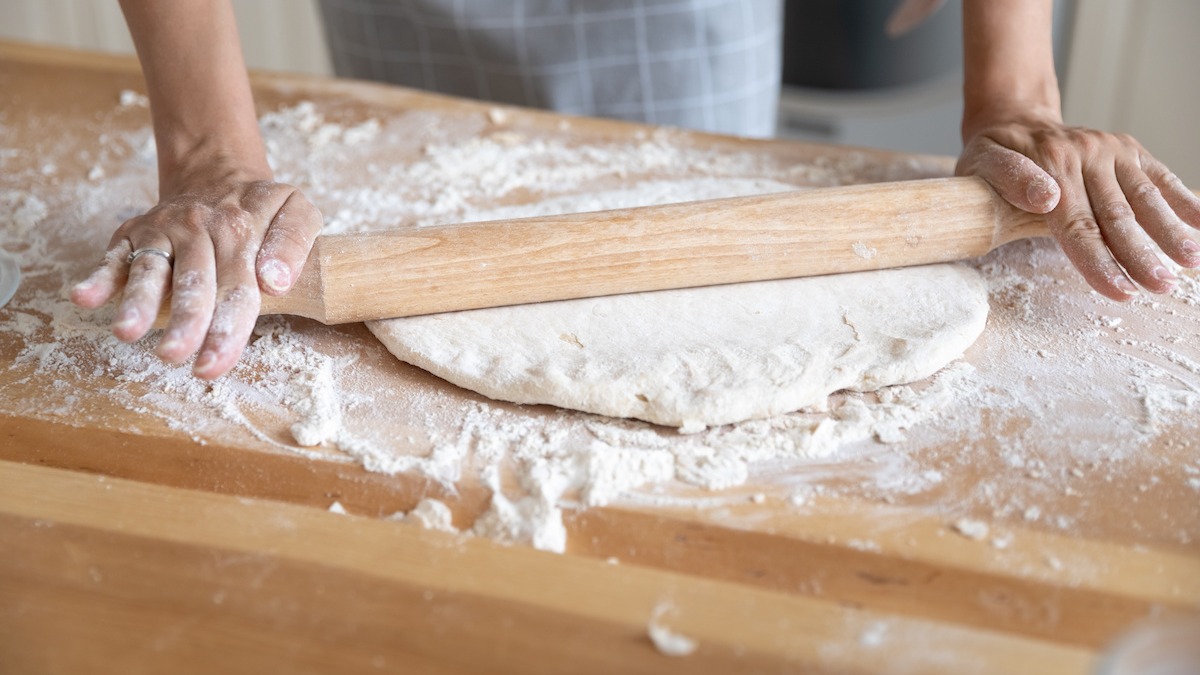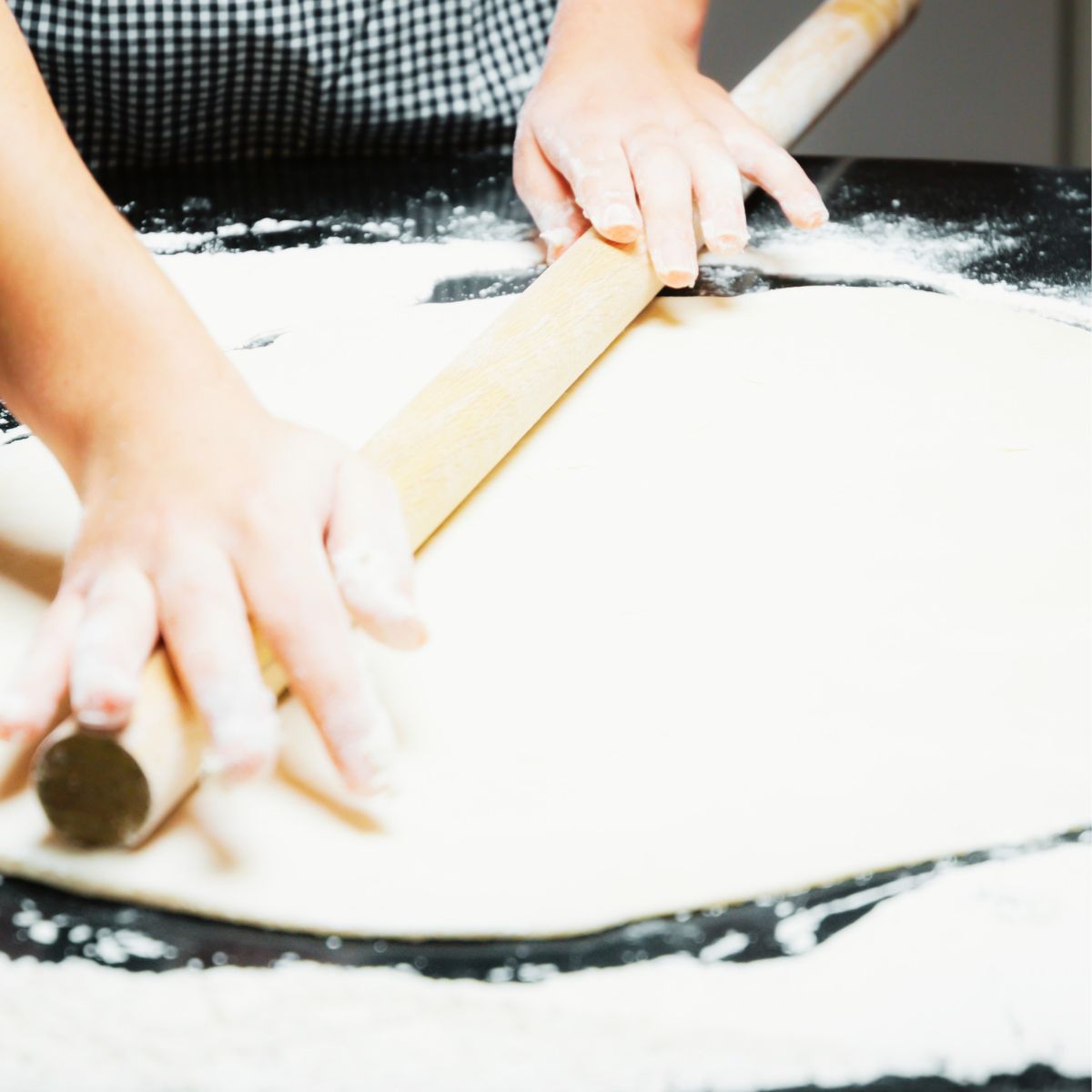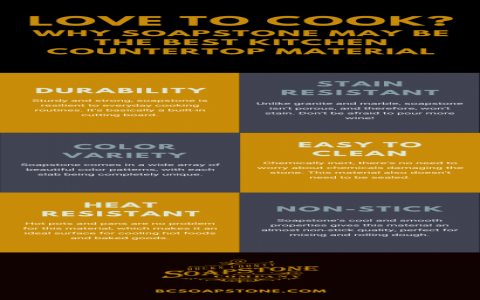Finding the Perfect Surface for Rolling Dough
When it comes to baking, whether you are whipping up a batch of freshly baked bread, some homemade pasta, or the flakiest of pastries, one piece of kitchen equipment that can make or break your efforts is the surface on which you roll out your dough. This seemingly simple and often overlooked aspect of your baking toolkit can significantly affect how smoothly your project goes. Let’s explore what makes a surface ideal for rolling dough and why selecting the right one can elevate your baking game to the next level.

The first attribute to look for in a surface for rolling dough is smoothness. This is because any imperfection or unevenness on the surface can translate into your dough, leading to unexpected tears or uneven thickness. A smooth surface ensures that your dough rolls out uniformly, which is key to achieving consistent results in baking.
Material is another crucial factor. The most commonly recommended materials include:
-
Marble: Known for its cooling properties, marble keeps the dough chilled, which can inhibit the gluten from becoming overly elastic as you work it. This is particularly useful when making pastry dough where you want to keep everything as cold as possible. Marble’s natural smoothness also means there’s less sticking.
-
Wood: A well-seasoned wood surface like a wooden board or countertop can be just as effective. Wood retains less heat than stone surfaces, which can be beneficial for yeast doughs that might benefit from a bit of warmth. However, wood surfaces need maintenance; they should be kept flat and free from splinters or gouges.
-
Silicone Mats: Modern silicone rolling mats offer a non-stick surface that’s easy to clean and store. They are portable, making them ideal for those with limited kitchen space. However, they provide less feedback to the baker about the dough’s resistance, which might be a disadvantage for some.
Size and Stability of the rolling area are also significant. You’ll want a surface that gives you enough room to roll out your dough to the size required by your recipe. A stable surface prevents wobbling or slipping while you exert force, ensuring even thickness and avoiding unnecessary strain on your wrists.
Non-Stick Properties can’t be overstated. Dough sticking to your surface can lead to frustration and uneven patches. While flour can be your friend for dusting, non-stick surfaces or those treated with oil might reduce your reliance on it, keeping your kitchen cleaner and your dough possibly less dry.
Additionally, ease of cleaning plays a role. Baking is a messy affair, and cleaning up afterward should not be a daunting task. Materials like waterproof silicone or the durable hardness of marble make for quick and straightforward cleaning.

For those passionate about baking, portability might be another consideration. Bakers who teach classes, participate in pop-up events, or have shared kitchen space might find a lightweight, portable mat more practical than a heavy marble slab.
Lastly, consider the aesthetic and feel. Baking is not just about utility but also about the joy it brings. A beautiful surface, like the natural veining of marble or the warm tones of a wood board, adds aesthetic pleasure to your baking process and can encourage you to enjoy the kneading, rolling, and shaping of your dough.
Choosing the best surface for rolling dough involves balancing these attributes according to your baking needs, the type of dough you most often work with, and how you prioritize ease of use, cleanup, and the sensory experience of baking. With the right surface, every motion of your rolling pin across the dough becomes not just a step in the recipe but a ritual in itself, enhancing the quality of your baked goods and the pleasure of the baking process.



